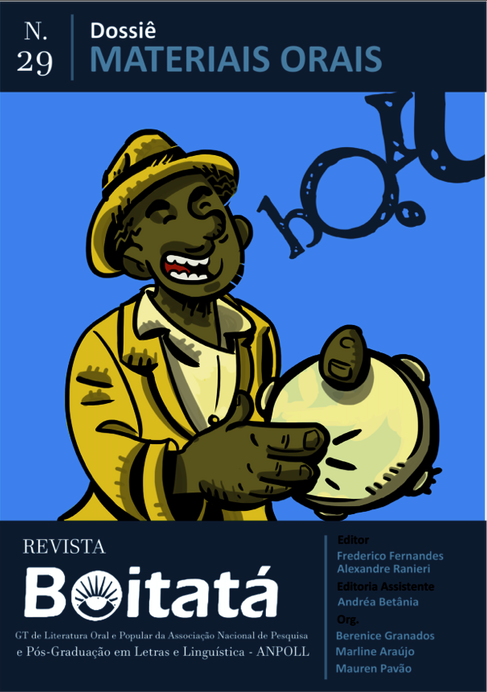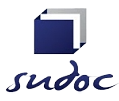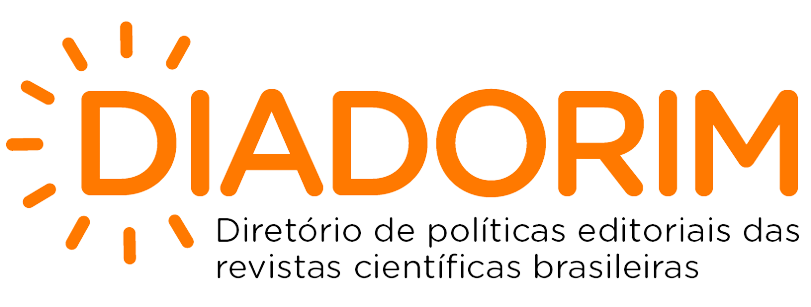Voice and gesture in rhetorical delivery
DOI:
https://doi.org/10.5433/boitata.2020v15.e40787Keywords:
Rhetoric, Medieval rhetoric, Rhetorical “action”, Rhetorical delivery, Voice and gestureAbstract
When emerged the figure of the actor in the Greek theater, and the actio/pronuntiatio (delivery) was separated from the theatrical composition, the rhetoricians found that its rule would bring great value to the representation of the discourse. Thus was born the idea of theorizing about the actio and learn voice modulation and adequacy of gestures with actors. Isocrates, Aristoteles, the anonymous author of Rhetorica Ad Herennium, Cicero and Quintilian discussed it in their treaties. Medieval authors proceed with great freedom about the delivery: some overlook the importance of representation in their small books; others are based on the Ad Herennium (the most influential treatise in the Middle Ages) and the teaching of the Fathers, as Augustine, Jerome and Gregory; others, however, discuss the theory of voice, gestures and face with great innovation, which completes and gives fullness to the ancient rhetorical theory. In our study, we have privileged these authors.
References
ALBERTE, Antonio. Retórica Medieval: Historia de las artes predicatórias. Madrid: Centro de Linguística Aplicada Atenea, 2003.
ALEXANDRE DE ASHBY. De modo praedicandi. In Antonio Alberte (org.), Retórica Medieval: Historia de las artes predicatórias. Madrid: Centro de Linguística Aplicada Atenea, 2003, p. 237-238.
ANÓNIMO. Expeditis duobus paradigmatis. In Antonio Alberte (org.), Retórica Medieval: Historia de las artes predicatórias. Madrid: Centro de Linguística Aplicada Atenea, 2003, p. 188-90.
BONCOMPAGNUS DA SIGNA, Rhetorica novíssima. In SCRINEUM, Aggi e materiali on line di scienze del documento e del libro medievali (Janeiro, 2011). Disponível em: http://scrineum.unipv.it/wight/rn4.htm. Acesso em 15/3/2018.
FREDERICO DE NURX. Artis praedicandi tractatus. In Antonio Alberte (org.), Retórica Medieval: Historia de las artes predicatorias. Madrid: Centro de Linguística Aplicada Atenea, 2003, p. 185-88.
GEOFFROY DE VINSAUF. Documentum de modo et arte dictandi et versificandi. In E. Faral, Les arts poétiques du XII.e et du XIII.e siècle. Paris: Champion, 1971, p. 263-320.
GEOFFROY DE VINSAUF. Poetria Nova. In E. Faral (org.), Les arts poétiques du XII.e et du XIII.e siècle. Paris: Champion, 1971, p. 194-262.
JACQUES DE DINANT. Ars arengandi. In Analecta Reginensia. Città del Vaticano: Biblioteca Apostolica Vaticana, 1933.
JOÃO DE MAGUNCIA. Tractatulus de modo praedicandi. In Antonio Alberte (org.), Retórica Medieval: Historia de las artes predicatorias. Madrid: Centro de Linguística Aplicada Atenea, 2003, p. 191-92.
PLUTARCO. Vidas paralelas. Demóstenes e Cícero. Trad. de M. Várzeas. Coimbra: Centro de Estudos Clássicos e Humanísticos, 2010.
TOMÁS WALEYS. De modo componendi sermones. In Antonio Alberte (org), Retórica Medieval: Historia de las artes predicatórias. Madrid: Centro de Linguística Aplicada Atenea, 2003, p. 128.
Downloads
Published
How to Cite
Issue
Section
License
Copyright (c) 2020 Boitatá

This work is licensed under a Creative Commons Attribution 4.0 International License.
Boitatá esta licenciada com CC BY sob essa licença é possível: Compartilhar - copiar e redistribuir o material em qualquer suporte ou formato. Adaptar - remixar, transformar, e criar a partir do material, atribuindo o devido crédito e prover um link para a licença e indicar se mudanças foram feitas.




















